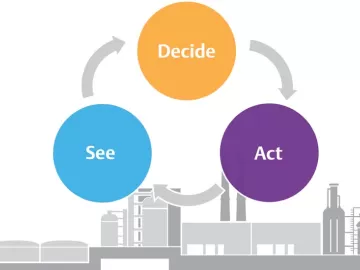Inappropriate-Use Assessment Saves 1,881 scfm
This factory currently spends \$735,757 annually on the electricity required to operate the compressed air system at its plant. The group of projects recommended in the system assessment will reduce these energy costs by an estimated \$364,211 (49% of current use). Estimated costs for completing the recommended projects total \$435,800. This figure represents a simple payback period of 14.4 months.




